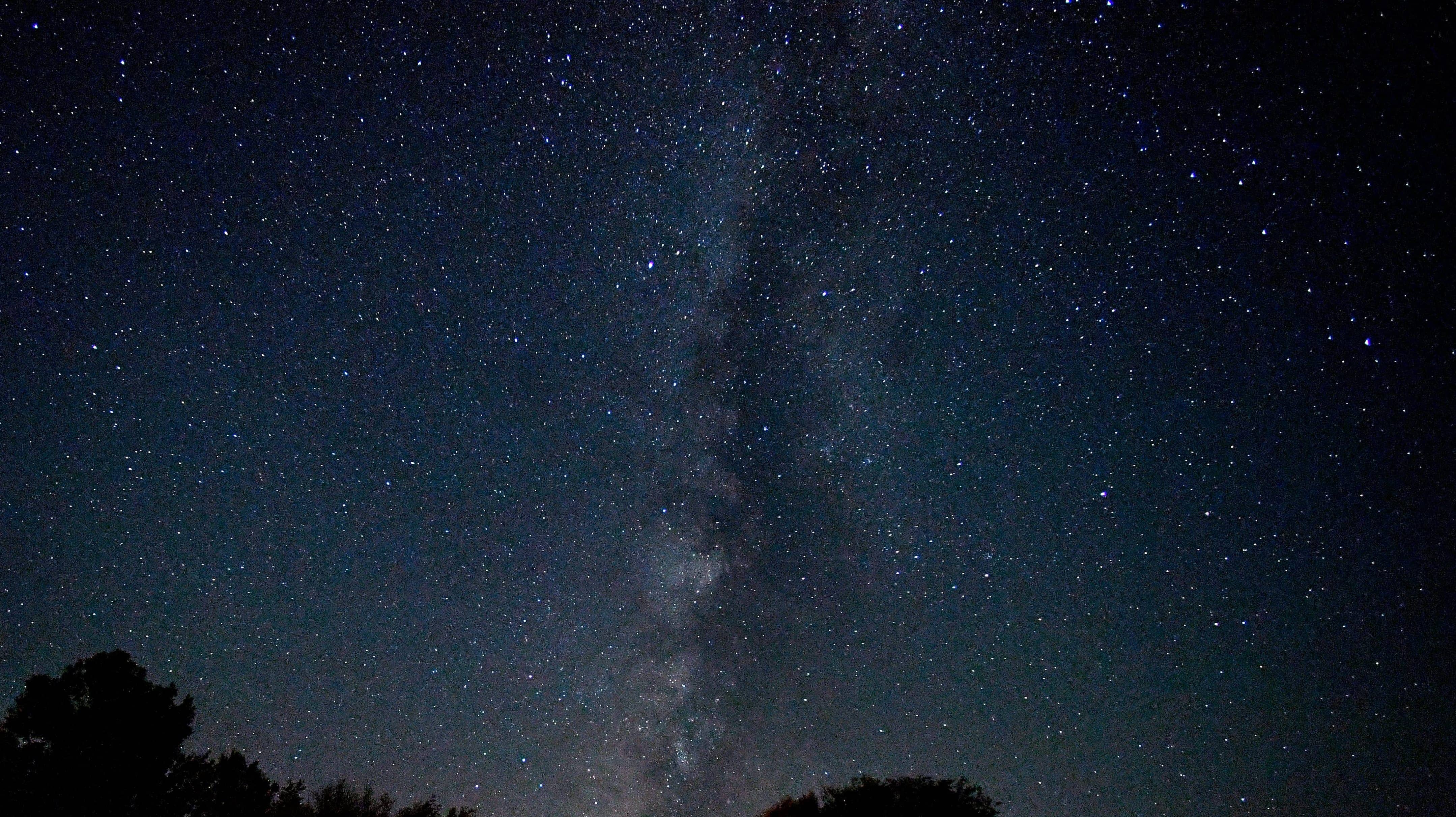
July 2024: A Celestial Feast for Skygazers
The month of July 2024 is shaping up to be an exciting time for stargazers, with a variety of celestial events taking place. From meteor showers to planetary alignments, there's something for everyone in the night sky.
First and foremost, Comet 13P/Olbers will make its rare appearance after being last seen 69 years ago. This comet can be spotted in early July traveling beneath Ursa Major towards the northwest horizon until around midnight. Mars, which will be slightly brighter than first magnitude in July and gradually getting even brighter as the year progresses, can also be seen rising in the sky with a thin crescent moon just above it.
Early risers can witness a conjunction between Jupiter and the moon on July 3, with both celestial bodies appearing within five degrees of each other. Earth reaches its farthest point from the sun, known as aphelion, on July 5. However, this distance does not affect Earth's seasons.
On the night of the new moon, stars and galaxies will be at their brightest. Hawaiians will experience Lahaina Noon on July 10 when the sun is directly overhead at solar noon in a biannual event. New York City residents and visitors have another chance to experience Manhattanhenge on July 12-13, where the setting sun aligns perfectly with Manhattan's street grid, creating a stunning visual effect.
The full 'Buck Moon,' reaching peak illumination at 6:14 a.m. EDT on July 21, is named for the growing antlers on male deer during this season and is also known by other names in various Native American cultures. Mercury will reach its greatest eastern elongation, offering a rare opportunity to spot the elusive planet just after sunset in the constellation Leo.
The month concludes with the peak of the Delta Aquariid meteor shower on July 29-30. Stargazers can expect up to 20 meteors per hour under ideal conditions. The shower is best viewed from dusk to midnight, before moonrise.
For optimal viewing of these celestial events, experts recommend finding a dark location away from city lights and allowing eyes to adjust to the darkness for about 30 minutes.



